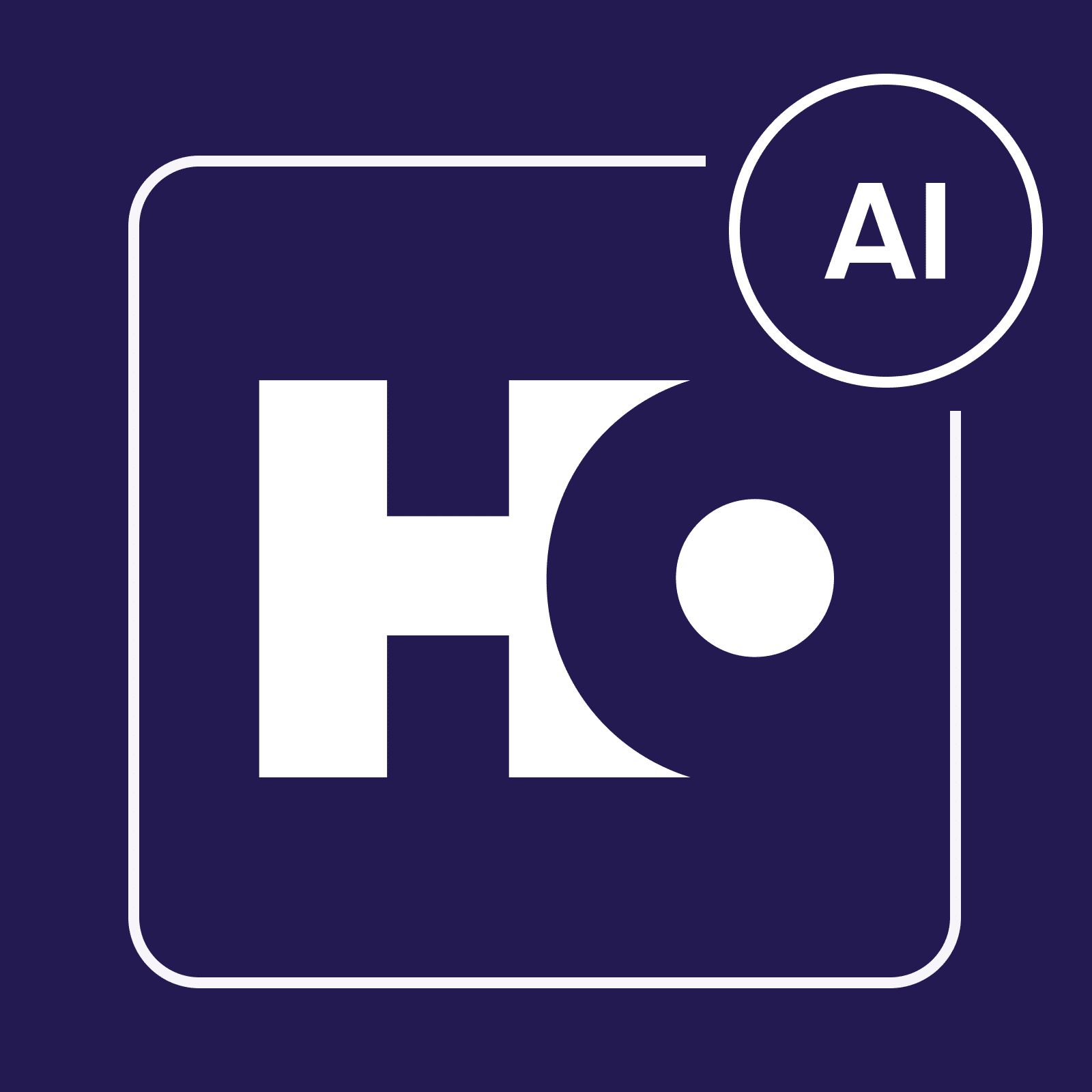Table of Contents
UX vs UI: What is UI design?
While UX design focuses on the user experience more granularly, UI – which means user interface design – is about how an interface looks and works. UI design considers visual elements and interactivity, including:
- Typography (fonts, font sizes, etc.)
- App, product, and/or website layout
- Buttons and CTAs
Despite its name, UI design is still about the user experience. Besides being visually appealing, customers and site/app visitors need an intuitive interface for navigation. Users are likelier to enjoy interacting with a product that’s easy to; get these aspects right or risk spending time and money to fix them.
Key UI design elements include:
- Visual design: Photos, graphics, colors, videos, etc.
- Information design: Structuring information based on importance; UI designers must work with other team members, such as copywriters, to obtain text and whatnot.
- Interaction design: Designing the layout, which includes structuring and placing menus.
Why is UX design important?
UX design is essential for delivering products that customers will use, and you must consider your target audience’s needs early on. Focusing on UX design can result in better engagement and satisfaction, while ignoring it may lead to less long-term business and more refund requests.
Investing in UX design is expensive, but you may have lower development costs in the long term as you no longer have to solve the initial problem.
The benefits of good UX design include:
- Higher user satisfaction
- Improved site, website, and app usability
- Better conversion rates
- Lower development costs
- A competitive advantage compared to brands that ignore UX design
The consequences of poor UX design include:
- User frustration
- Low engagement
- High bounce rates
- More refund requests
- Negative brand perception
What does UX design involve?
UX design involves user research, wireframes, and testing and iteration. UX designers also need to know how to create prototypes, and you should follow a logical start-to-finish workflow.
Normally, UX design starts with wireframes. Prototypes are then next before the test ( consider using heatmaps for advanced results) and iteration stage. Each phase requires feedback and testing before the final product goes live.
The main stages of the UX design process are as follows:
- User research: Learning about what the target audience wants.
- Information architecture: Choosing where information should appear within the product.
- Interaction design: Designing buttons and other interactive elements (e.g. play buttons).
- Wireframing and prototyping: The initial phases of making a product. Wireframes are layouts, whereas prototypes have content and other elements.
- Usability testing: Testing to see how the website, app, or product works – before making necessary changes.
- Implementation and iteration: Launching the product and adding features, patching bugs, etc., over time.
What does a strong UX design look like?
To have a strong UX design, you need to think about how intuitive your product, app, or website is. Efficiency is necessary, and to achieve this, you should know how users are likely to interact with an app. Make information easy to find and think about what users’ end goals are; without these, UX design becomes harder than necessary.
In UX design, you should consider a minimum viable product if you haven’t yet launched; you can make further tweaks later.
Deep Dive:
Strong UX design characteristics include:
- Intuitive navigation: Think about your buttons, icons, widgets, etc.
- Clear information hierarchy: The most important information should be at the top of your screen.
- Efficient task flows: Prioritize loading times and reduce clutter.
- Visually appealing design: Use complementing colors; refer to color theory if you’re unsure. Consider photos, graphics, etc., too.
- Accessible to all users: Think about accessibility features like VoiceOver and high contrast.
What are some examples of good UX design?
You can look at existing UX design examples if you don’t know where to start. Apple’s iOS interface and Notion’s web and mobile apps are two such sources.
Other examples to look at are:
- Amazon’s One-Click Purchase
- Google Calendar
- The Apple Weather app
Think about your unique needs and what your customers want; what works for a tech brand may not work if you’re in the food industry.
UX design case studies to look at are:
- Instagram’s app redesign (color schemes and app layout)
- Airbnb’s website redesign (search based on experience and holiday type, etc.)
- The Finland Tourism Board’s website information structuring and seasonal content changes
Conclusion
UX design must cover several elements, including information structure, interactivity, and visual elements. It’s important to focus on these aspects early and test before launching. User research is also essential; start with that, follow this guide, and slowly build over time.


